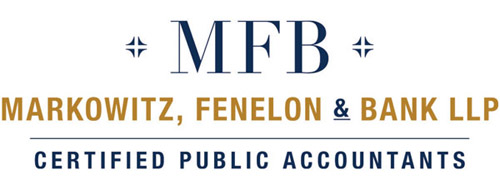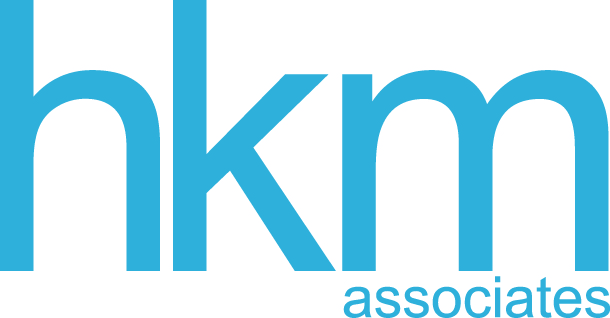MOMENTUM
BUILDS FOR CREATION OF REGIONAL WORKFORCE TRAINING CENTER AT
LONG ISLAND INNOVATION PARK AT HAUPPAUGE
Long Island Regional Planning
Council Approves Consultant to Help Develop Facility Focused on Aligning Area’s
Needed Workforce Skills with Business Expansion
As part of a strategic regional business initiative spearheaded by HIA-LI, the Long Island Regional Planning Council (LIRPC) has approved consulting services to advance development of a new workforce training center at the Long Island Innovation Park at Hauppauge, formerly known as the Hauppauge Industrial Park.
HIA-LI, widely recognized as one of Long Island’s foremost
advocates for regional business growth, serves as steward of the 1,400-acre
business complex that straddles the towns of Smithtown and Islip. The park’s
55,000-person workforce collectively delivers $13 billion in annual output.
At a recent meeting, LIRPC members authorized an agreement
for consulting services between the Council and New York City-based James Lima
Planning + Development (JLP+D) to provide economic and public policy advisory
services for the proposed training center.
JLP+D, which has advised major Silicon Valley firms on
building out their campuses and ecosystems, will undertake economic and
demographic research setting the stage for the launch of a high-impact regional
workforce center. The facility would be designed to ensure that the skills of
the area’s workers match the talent needs of the region’s fastest-growing
business sectors.
“The Council has been a strong advocate in fostering an
educated and trained workforce sufficient to meet the needs of a growing and
evolving regional economy. This facility can serve as a model for additional
such centers throughout the region to facilitate economic growth Island wide.
The Council believes that this funding is a wise investment of taxpayer dollars
to support the future growth of Long Island,” said John D. Cameron, Jr., P.E.,
Chairman of the Long Island Regional Planning Council.
“Supporting this center in cooperation with the HIA-LI is
consistent with many of the Council’s initiatives that involve collaborating
with a variety of organizations. We look
forward to creating more partnerships that help strengthen the region’s
employment pipeline and meet the workforce needs of key competitive
industries,” said Richard V. Guardino, Executive Director of the Long Island
Regional Planning Council.
“Attracting and retaining a skilled workforce is one of the
primary challenges facing employers across the county,” said Theresa Ward,
Chair of the Suffolk County Industrial Development Agency (Suffolk IDA).
“Creation of a workforce development center in the Long Island Innovation Park at
Hauppauge will position Suffolk County at the cutting edge of addressing this
challenge. It will help incubate new manufacturing companies,
allow existing companies to expand more efficiently, and help build
the in-demand skills for our current and future workforce.
“While Long Island reaps tremendous advantages from the high
educational attainment level of our overall population, we’ll only maximize our
economic potential by implementing training strategies that give our
most-promising industries the skilled employees they need to succeed,” said
Terri Alessi-Miceli, president and CEO of HIA-LI. “Well-devised training
programs deliver complementary benefits to both individual companies and to
individual employees.
“When a region is preparing for long-term economic success, one of their prime imperatives is to attract and retain knowledge workers,” said Joe Campolo, Board Chair of HIA-LI and Managing Partner at Campolo Middleton & McCormick, LLP. “Long Island is competing with regional economies nationwide to attract and fortify a number of key industry clusters. This workforce center will function as a strategic differentiator and will help make sure our most-vital sectors can tap the talent they need from within our regional labor pool.”
“This workforce training center will unite a network of
successful businesses, partnerships with the public sector, community, and
academia to expand and improve training, expertise, and efficiencies of the
workforce on a real-time basis as the economy evolves,” commented Ed Wehrheim,
Supervisor of the Town of Smithtown. “I applaud the HIA-LI and the LIRPC for
going full-steam-ahead with an action plan that will build on the Long Island
Innovation Park at Hauppauge’s successes.”
By examining industry categories and ecosystems, and
matching them against population and demographic trends, the Lima team will
look at Long Island’s talent needs through a supply-and-demand lens. Their
research will deliver a “skills gap” analysis that will, in turn, shape both
the future center’s curriculum, its organizational structure, and its physical
layout.
In addition to the skills analysis, the consulting team will
undertake a partnership audit to evaluate the best ways to bring together the
expertise and resources of government agencies, business organizations, and
academic institutions – and leverage their combined assets to ensure the
success of the training center.
James Lima, president of the eponymous consulting firm,
cited Buffalo’s Northland Workforce Training Center as a potential template for
a Long Island facility. He said that the public-private initiative had created
a range of training, internship, apprenticeship, and permanent job
opportunities that helped local employee skill sets dovetail with local firms’
talent needs.
In April, James Lima Planning + Development and the Regional
Plan Association, sponsored by the Suffolk IDA, completed a full-scale,
160-page “opportunity analysis” that set forth a strategy for enhancing the
industrial park’s credentials as a regional economic powerhouse.















